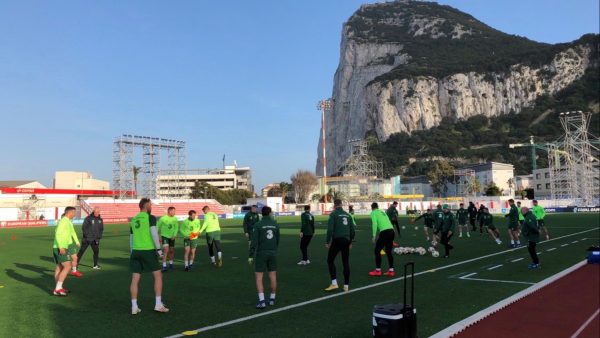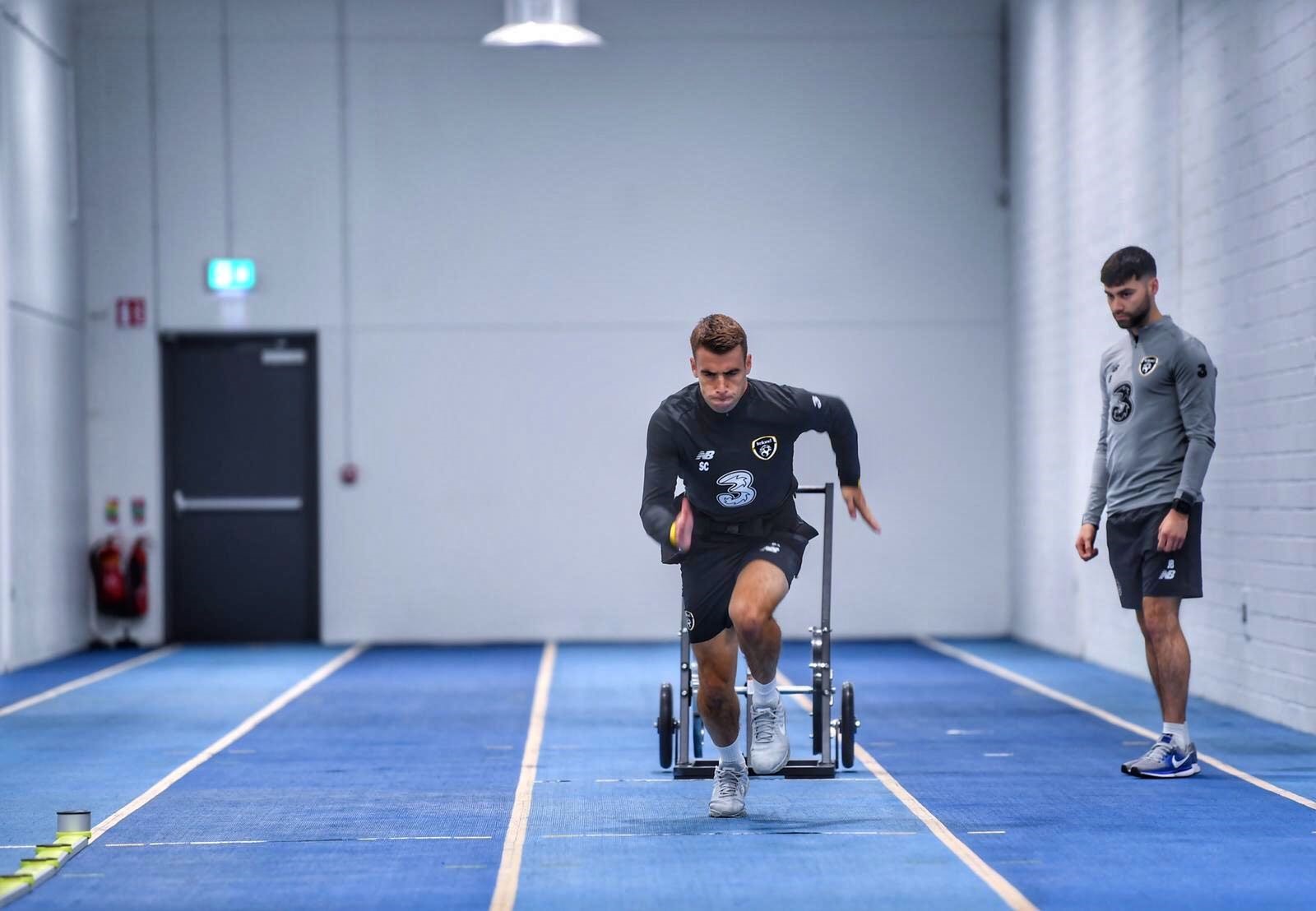
06 Sep A Day In The Life – Inside Camp with the Rep. of Ireland
Introduction
As the Sport Scientist for the Ireland MNT, my role has evolved into what could only be described as a connective workflow.
The day-to-day tasks revolve primarily around monitoring of players wellness, workload and readiness which combined allow us to inform practice with support of both objective and subjective data.
On a day-to-day basis I will work in collaboration with the Head Physio, Fitness Coach, Head Analyst and Team Doctor.
It is my responsibility to educate and advise the squad and coaches on areas such as GPS and heart rate monitoring, recovery techniques and hydration strategies.
Athlete monitoring is becoming standard practice for maximizing player performance, reducing injury risk, and optimizing competition readiness.
For high-performance programs, monitoring load-performance and load-injury relationships are essential for providing insight into how athletes are responding to stresses incurred during and outside of training and competition.
- Readiness: Optimize readiness prior to competition by managing loads, minimizing fatigue, and individualizing recovery protocols.
- Injury Risk: Monitor load-injury relationships to better understand and minimize group and individual factors.
- Periodisation: Take a scientific approach to periodizing training programs and ensure peaking at the right time i.e. competition.
Training Day
On each training day I will oversee the Readiness to Train (RTT) monitoring process. This involves each player in-putting their subjective scores into the STATSports RTT iPad App.
We have identified criteria for the players to score upon, such as muscle soreness, sleep, stress and energy levels.
Once all the scores are entered, the app syncs with the Apex Pro Series software and allows for ‘Wellness’ reports to be created.
This approach can have an immediate impact wherein a player will be flagged based on his scores on a given day falling well below his norms in which case the necessary precautions or interventions will be put in place.
It also has a long-term benefit in aiding the medical department in tracking a player’s wellbeing throughout the camp and highlight any peaks or troughs among our criteria.
This is a valid and reliable method of assessing player readiness. An evidenced based relationship exists between pre-training wellness alongside GPS metrics to monitor fluctuations in training performance.
One such study by Gallo et al. (2015) investigated this relationship in Australian Football, using an entire squad from one AFL club.
The results from this paper show insight into how a lower subjective wellness score pre-training will decrease external load output during a training session.
Benefits:
- Simplicity of data collection for large groups of athletes
- Sensitive to fluctuations in daily and weekly training loads
- Inexpensive and often free – Google docs. a common method.
- Coupled with GPS & HR monitoring provides holistic athlete monitoring approach
The right approach:
- Avoid asking questions that generate Yes & No responses.
- Better to ask questions like How do you feel? Or How are your legs today?
- Get to know your players on a personal level and they are more inclined to provide a more detailed response and actionable insights.
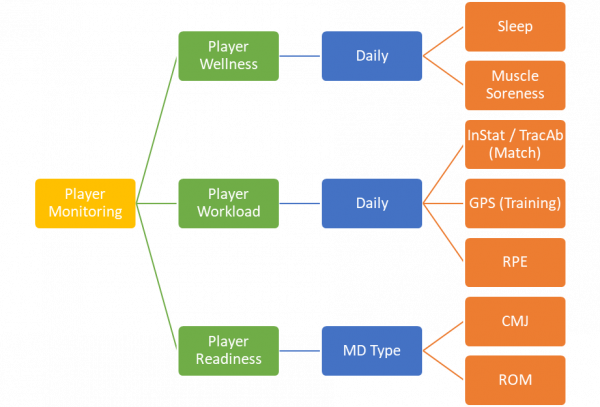
Pre-Training Activation
We’re very fortunate to have access to the amazing facilities at Sport Ireland Campus.
Here we will perform our Preactivation work involving a combination of some Glute Activation-Movement Mechanics (Mini Band Walks, Lunges, Lateral Squats etc.), Torso Stability-Strengthening (Front & Side Plank variations, Anti-rotational Med Ball holds), Hip Mobility (Hurdle Overs & Unders) and Proprioception-Landing Mechanics (Single Leg Hopping and Low Hurdle Hopping).
We will generally spend 20 minutes going through these injury prevention strategies, allowing for a 5-minute grace period at the end for players to carry out a few of their own preferred exercises.
All of which is designed to adequately prepare players for the external load they will experience during their pitch session.
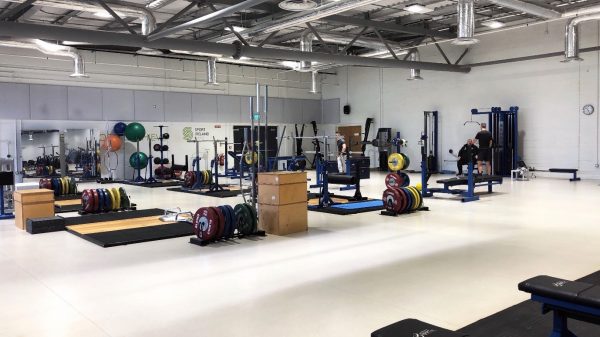
Session Monitoring
At present, we’re tracking every single session live on the iPad which means for every player for every single second we’re getting a piece of data through.
Whether that’s the speed they’re travelling at, their current heart rate or their running impacts and these accumulate over the full session providing us with the knowledge of, for example, a players Time in Red Zone or distance covered while sprinting.
Depending on the Session Type for a day, this will determine the metrics that we will aim to overload. Monitoring training load in real-time allows us to make appropriate changes to influence the intensity and volume of a session.
GPS technology is central to what we do from both a performance monitoring and injury prevention point of view. GPS units allow for precise measures of whether players have reached their training goal of sprinting at 90% of their Max Speed.
We know that players who do not reach this target in training at least once a week are at a higher risk of hamstring injury in match play. Max Speed Exposures are generally not replicated in SSGs and as a result, our sessions are often structured for players to perform these in isolation.
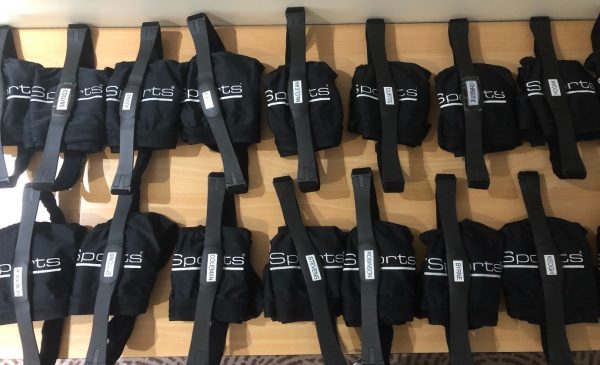
GPS gives us an objective recovery tool. We’re able to ascertain whether players gone beyond their normative values for a match day – or whether they have been stressed to what they normally would.
If we look at our KPI’s such as HML Distance, decelerations and high-speed running – these are the metrics that are most likely going to influence the recovery status of the player especially when you have multiple games in a heavy fixture congested period.
We would typically have two games over a short period of time with a 4-5 day lead into the first game where we need to identify what players should do prior to that first game and what they should do when they’re recovering from that first game leading into the 2nd game.
It’s enabled us to decide training session details and we can progressively change those sessions leading into the first game.
The STATSports Exchange has enabled us to see what each individual player has done prior to coming into camp by gathering physical data from clubs.
Some players have come in having played every minute of their league campaign while others have been rotated in and out of squads from one week to the next, so decisions need to be made and training sessions adjusted accordingly.
As well as that, we’ll have players who are coming back from injury that are still available to train and play and we need to monitor their training based on what they’ve done in the week or 10 days leading into the camps.
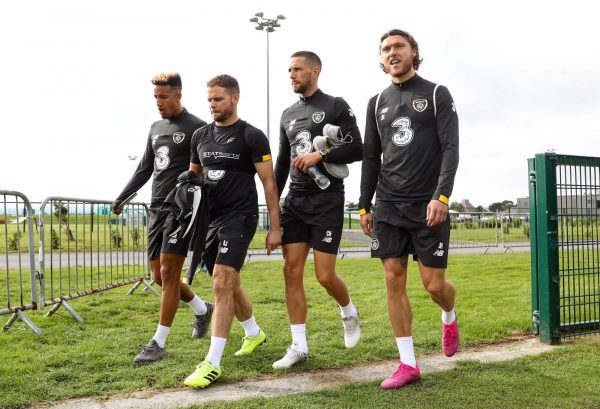
Post session, daily training reports are put up in a general room for the players to review.
Modern day players will have gained a high-level knowledge and understanding of the metrics from their own clubs and then equate what we do in training sessions here with what they would normally do.
Some players will look at it in a bit more detail than others but generally the players are educated as to what the KPIs are and they then can look to see how they are performing relative to their teammates and also relative to what they would normally do during a normal training week. Our Key Performance Indicators:
- HML Distance
- Metres Per Minute
- Total Distance
- High Speed Running (m)
- of Decelerations
- Time in Red Zone
Match Day
Assisting the analyst
On away days I will assume the role of assistant video analyst. The job requirements are relatively simple, point the camera and shoot! Together with the Head Analyst we will capture a minimum of 4 video feeds during the game all of which can be streamlined to the bench for replays. A wide-angle tactical view that I record is used by the coaches for their own analysis on team shape. A GoPro panoramic angle, a TV broadcast feed and a final camera focused on our Goalkeeper’s involvements.
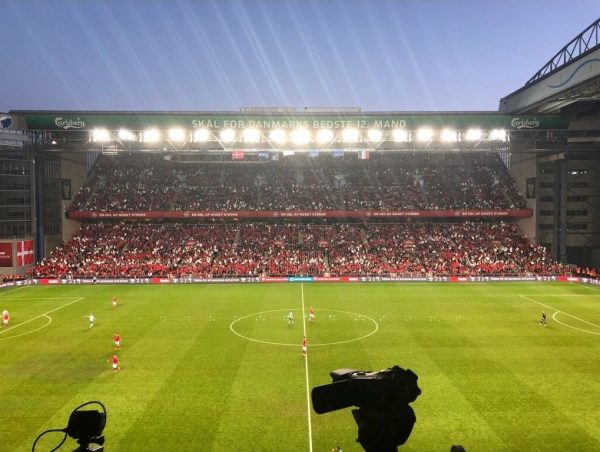
Final word of advice to young practitioners:
Successful sporting environments are generally athlete centered. However, as a sport scientist, your key relationship is not with the players, instead it is with the Manager/Coach.
Whatever you are trying to achieve in your role or practices you are trying to implement must have the Coach’s support and backing.
By laying the foundations of a good working relationship this will put you in a position to be much more fruitful in bringing innovation to your environment.
This relationship is best formed by adding value in the form of ‘Football Meaningful’ information. It is not enough just to be a data collector, always speak in languages that coaches will understand.
The data that you provide to the Coach must help them improve their training and WIN football matches! You must always respect that a football club or international team is NOT just a statistical laboratory. #COYBIG
